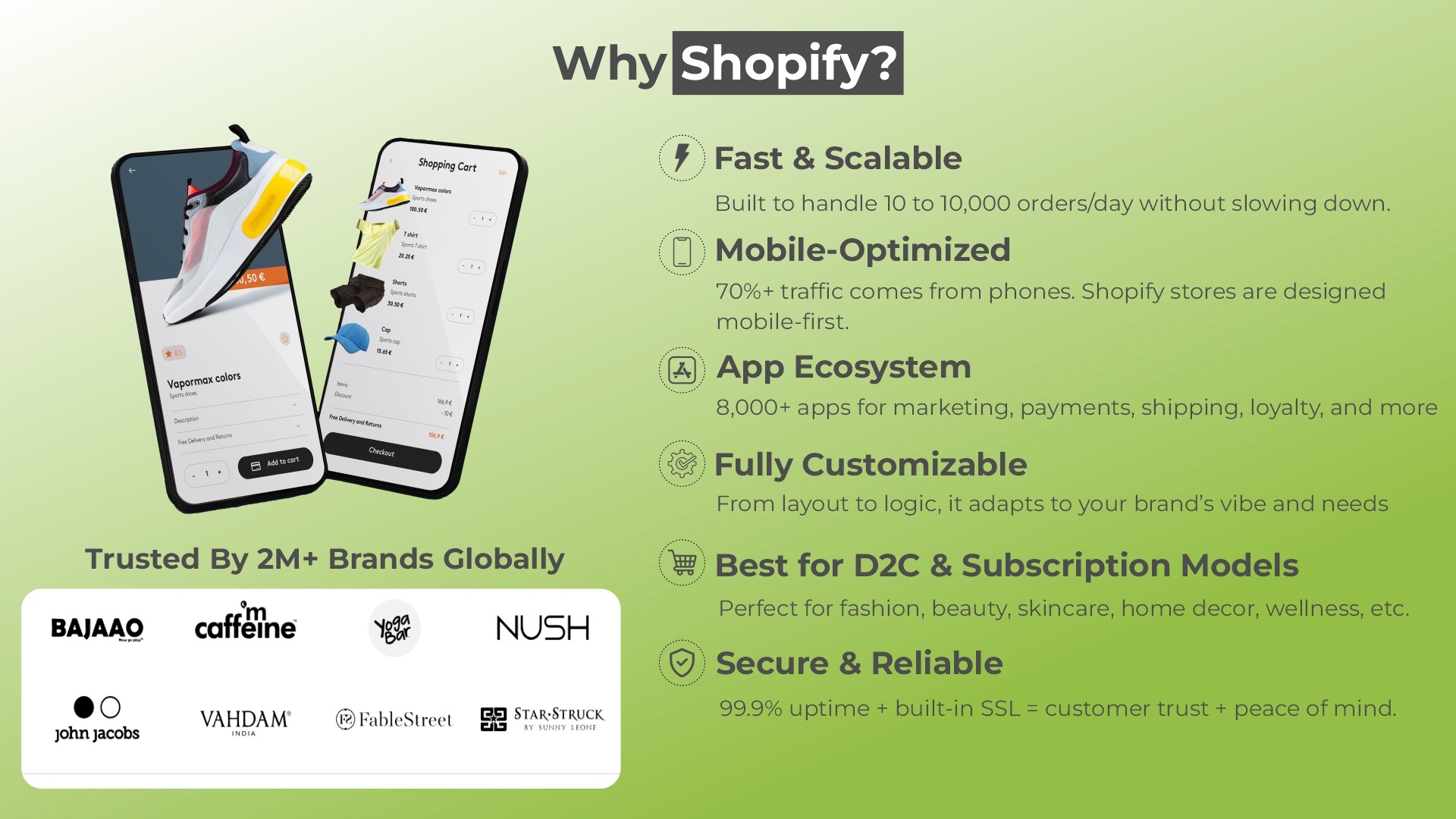How To Start an Ecommerce Business: Guide for 2025: Starting an ecommerce business in 2025 is more accessible and profitable than ever. With the right tools, strategy, and execution, you can build a thriving online store that reaches customers across the globe. Whether you’re launching a product-based startup or scaling an existing retail business online, this step-by-step guide will help you get started with confidence.
Step 1: Choose Your Niche Wisely
Before you jump in, pick a niche that has demand and aligns with your interests or expertise. Look for products that:
-
Solve a problem
-
Have a passionate audience
-
Aren’t overly saturated
-
Offer good profit margins
Tip: Use tools like Google Trends, Amazon Best Sellers, or keyword research tools to validate your niche.
Step 2: Conduct Market & Competitor Research
Research your competitors and understand:
-
What products they sell
-
Their pricing strategy
-
Their customer base
-
How they market their brand
This gives you a blueprint for what works and where you can offer something better or unique.
Step 3: Choose Your Ecommerce Business Model
There are various ecommerce models you can choose from:
-
Dropshipping: No inventory, low upfront investment
-
Private Labeling: Your own branded products
-
Wholesale: Buying and selling in bulk
-
Print on Demand: Custom products made per order
-
Subscription-Based: Recurring product delivery (e.g., monthly boxes)
Step 4: Register Your Business
Legally register your business in India:
-
Choose a business structure (Sole Proprietorship, LLP, Pvt. Ltd.)
-
Apply for GST registration
-
Open a current bank account
-
Get any necessary local licenses or permits
Step 5: Build Your Ecommerce Website
Your website is your storefront—invest in making it fast, secure, and visually appealing.

Why Shopify is the Best Platform in 2025:
-
User-friendly interface
-
Highly customizable
-
Secure and scalable
-
Integrated payment gateway
-
Mobile-optimized themes
💡 Pro Tip:
Hire the best Shopify development company in India – Digiwish.
Digiwish specializes in custom Shopify store development, ecommerce SEO, performance marketing, and scaling D2C brands with conversion-focused designs. They ensure your store is built to convert and scale right from day one.
Step 6: Add Products with Compelling Descriptions
Upload your product listings with:
-
High-quality images
-
SEO-optimized titles
-
Clear, benefit-focused descriptions
-
Competitive pricing
-
Customer reviews (if available)
Step 7: Set Up Payment Gateway & Logistics
Enable seamless transactions using popular payment gateways like:
-
Razorpay
-
Cashfree
-
Paytm
-
Stripe
Partner with reliable shipping and logistics services such as:
-
Delhivery
-
Shiprocket
-
Blue Dart
-
DTDC
Step 8: Launch and Market Your Store
Once your store is live, spread the word through:
-
Social Media Ads (Facebook, Instagram, YouTube)
-
Google Shopping & Search Ads
-
Email Marketing
-
Influencer Collaborations
-
Content Marketing & SEO
Need help? Digiwish also offers end-to-end performance marketing services to generate high-quality traffic and sales for your Shopify store.
Step 9: Track, Analyze & Optimize
Use tools like Google Analytics, Shopify Analytics, and Hotjar to monitor:
-
Sales trends
-
Customer behavior
-
Traffic sources
-
Funnel drop-offs
Keep testing product pages, offers, and ad creatives to increase conversions.
Final Thoughts
Starting an ecommerce business in 2025 can be a game-changer—if you do it right. Focus on delivering value, building trust, and continuously optimizing your customer experience.
And remember, the foundation of a successful online store is its website. That’s why brands across India trust Digiwish—the best Shopify development company in India—for powerful, sales-ready ecommerce solutions.
